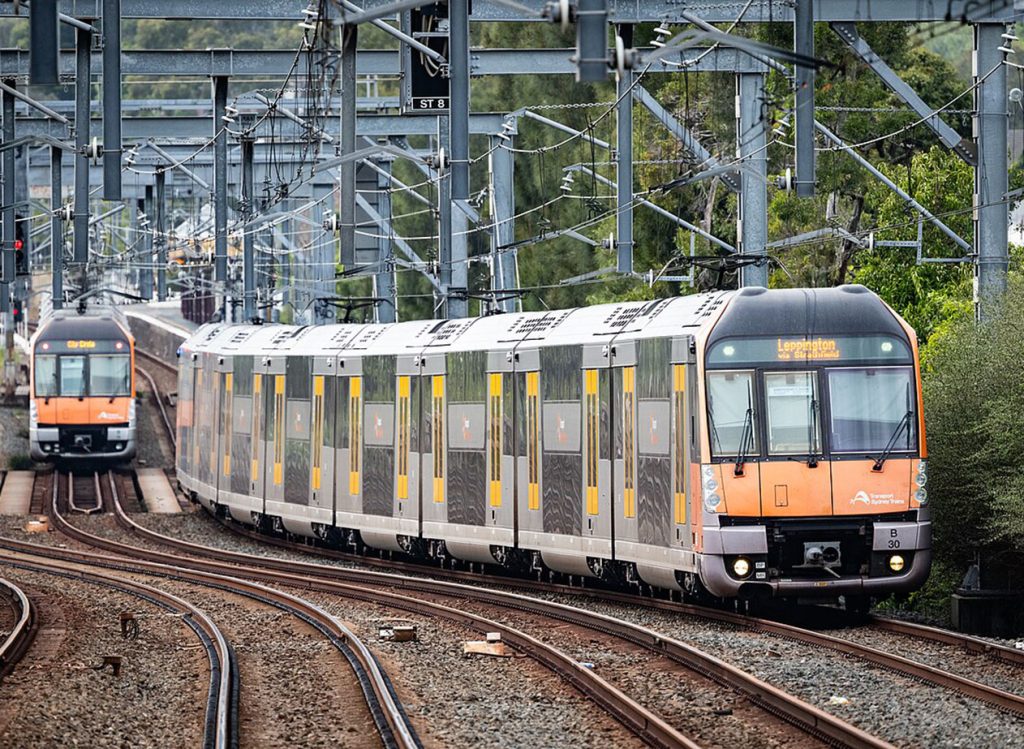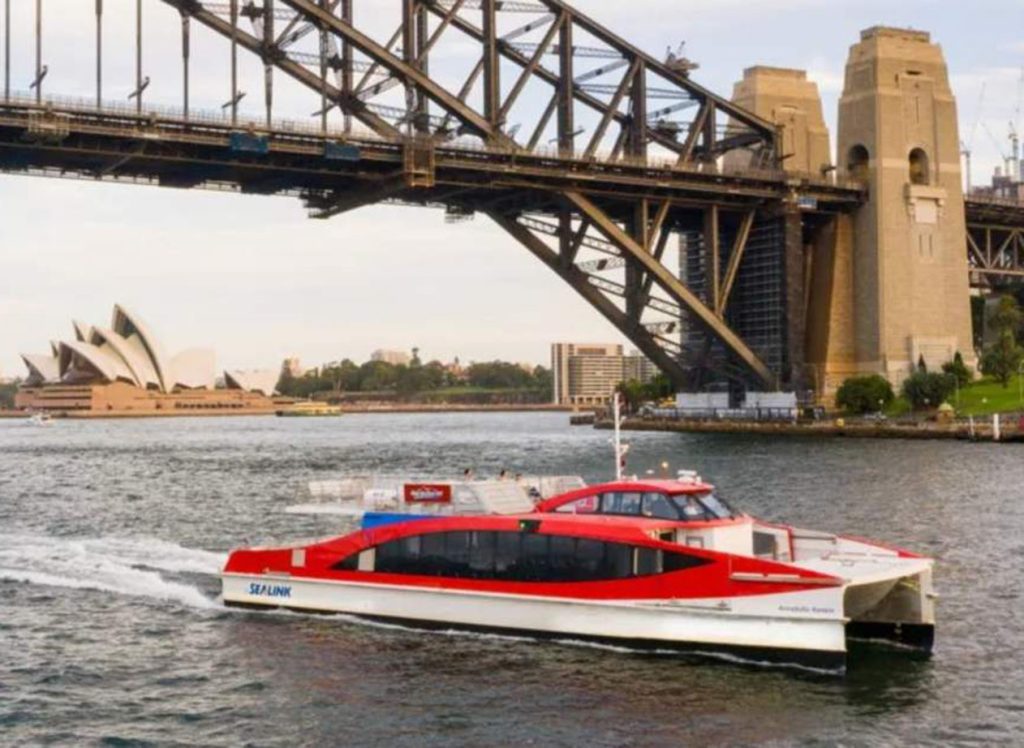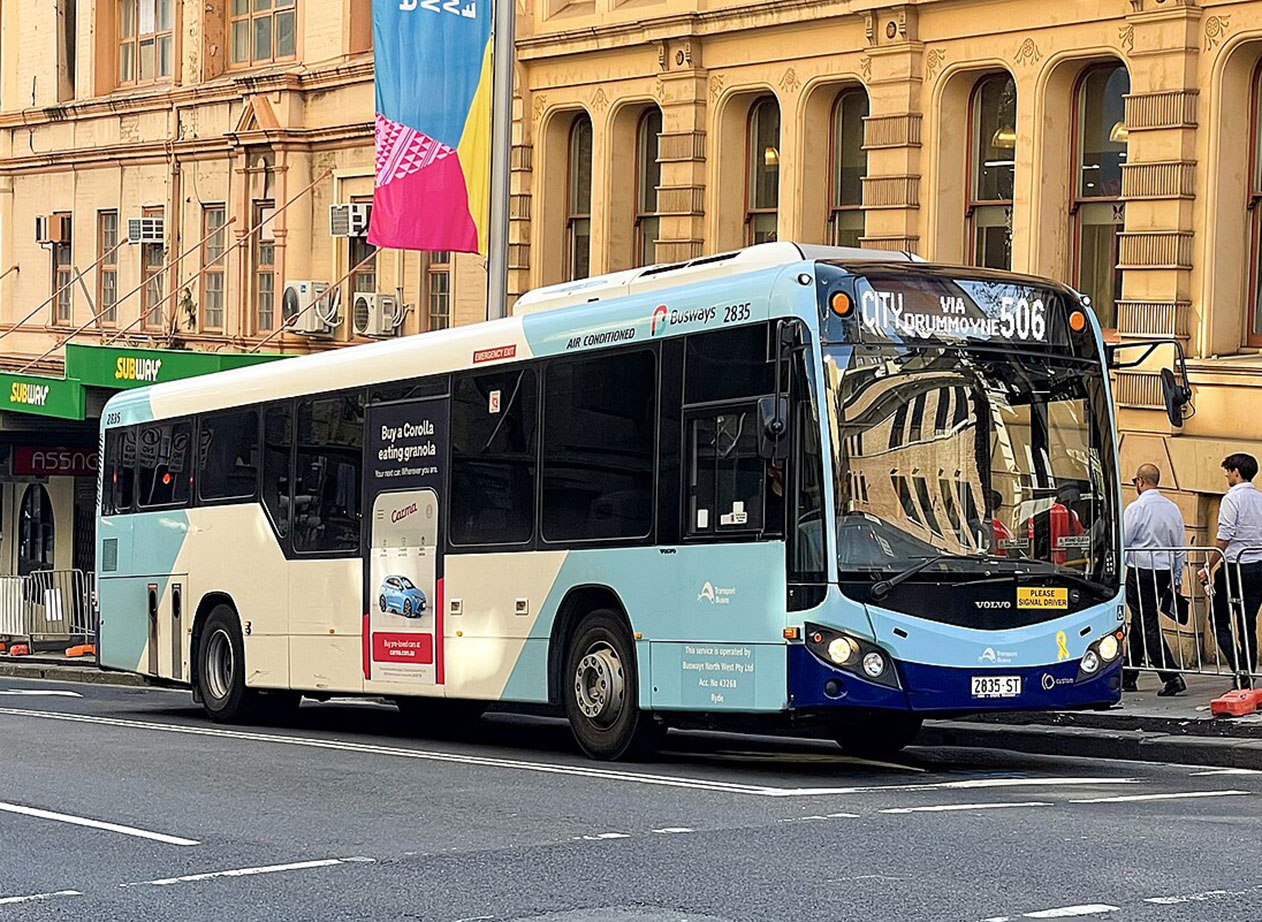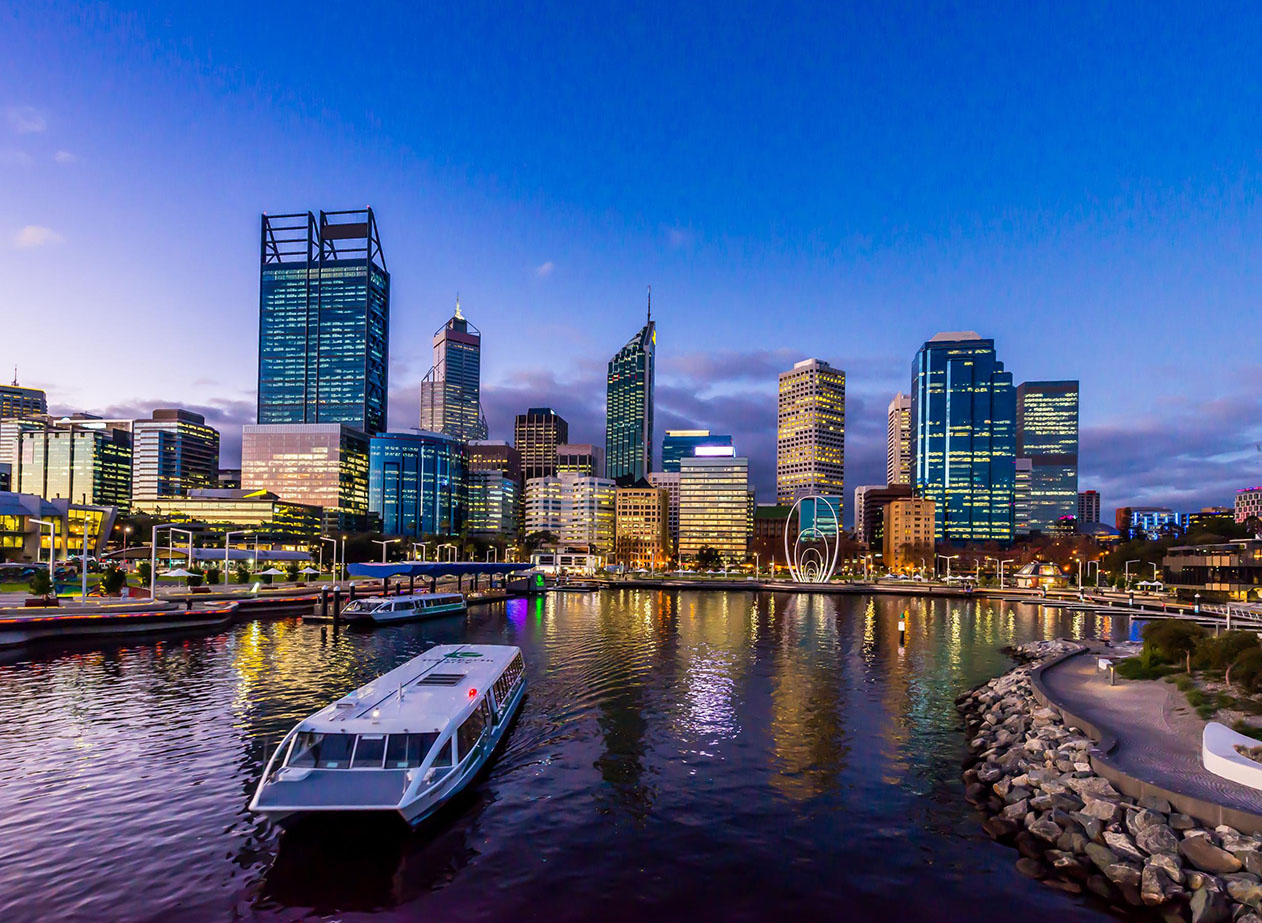Sydney, Australia’s vibrant metropolis, is a city of endless possibilities, from its iconic landmarks and stunning beaches to its bustling neighborhoods and diverse cultural offerings. However, to truly experience all that Sydney has to offer, you’ll need to navigate its extensive transportation network efficiently and effectively. In this comprehensive guide, I’ll provide you with everything you need to know about getting around Sydney, along with some essential tips to ensure smooth and hassle-free travel.
Modes of Transportation
Sydney boasts a variety of transportation options, catering to every traveler’s needs and preferences. From trains and buses to ferries and rideshare services, here’s a breakdown of the most popular modes of transportation in Sydney:
1. Trains: Navigating Sydney’s Urban Backbone

Sydney’s train system serves as the backbone of the city’s public transportation network, connecting the central business district (CBD) with suburban areas and outer regions. Operated by Sydney Trains, the network comprises several lines, each serving different parts of the city and running on a regular schedule.
How to Ride: Riding the train in Sydney is straightforward and convenient. Simply locate the nearest train station using maps or signage, enter the station, and proceed to the platform for your desired destination. Electronic displays and announcements provide real-time information about train arrivals, departures, and service disruptions, ensuring passengers are well-informed throughout their journey.
Ticketing and Fares: To ride the train, passengers can use an Opal card, a contactless smart card that offers discounted fares and seamless travel across Sydney’s public transportation network. Opal cards can be purchased and topped up at train stations, convenience stores, and newsagents, providing passengers with a convenient and cost-effective way to pay for their travels. Alternatively, passengers can use contactless payment methods such as credit or debit cards to tap on and off at Opal card readers without the need to purchase a separate ticket.
Pricing: Train fares in Sydney vary depending on factors such as distance traveled, time of day, and mode of payment. Opal card users benefit from capped daily and weekly fares, ensuring that frequent travelers receive the best value for their money. Additionally, concession fares are available for eligible passengers, including students, seniors, and pensioners, further reducing the cost of travel.
Accessibility: Sydney’s train network is designed to be accessible to passengers of all abilities, with features such as wheelchair-accessible stations, priority seating, and tactile indicators for the visually impaired. Elevators and ramps provide easy access to platforms, while accessible carriages offer additional space for passengers with mobility aids or strollers.
Safety and Security: While riding the train, passengers are encouraged to observe basic safety precautions, such as standing behind the yellow line on platforms, holding onto handrails while boarding and alighting, and refraining from blocking doors or emergency exits. In the event of an emergency, passengers should follow instructions from train staff and use emergency intercoms or alarms to summon assistance.
Overall, Sydney’s train system offers a safe, reliable, and efficient mode of transportation for commuters and travelers alike, providing convenient access to key destinations across the city and beyond.
2. Buses: Exploring Sydney’s Neighborhoods
Sydney’s extensive bus network complements the city’s train system, providing comprehensive coverage of suburban areas, residential neighborhoods, and commercial districts. Operated by Transport for NSW, the bus network comprises a wide range of routes, each serving different parts of the city and catering to diverse passenger needs.
How to Ride: Riding the bus in Sydney is simple and convenient. Bus stops are located throughout the city and are marked with distinctive signs displaying route numbers, schedules, and service information. Passengers can wait at a designated bus stop and board the next available bus heading in their desired direction. Upon boarding, passengers should tap their Opal card or contactless payment method on the card reader located near the driver to pay for their fare.
Ticketing and Fares: Similar to trains, passengers can use an Opal card or contactless payment method to pay for bus fares in Sydney. Opal cards offer discounted fares and convenient travel across multiple modes of transportation, including buses, trains, ferries, and light rail. Passengers can top up their Opal cards online, at train stations, or at authorized retailers, ensuring they have sufficient credit for their journeys.
Pricing: Bus fares in Sydney are calculated based on factors such as distance traveled, time of day, and mode of payment. Opal card users enjoy capped daily and weekly fares, providing a cost-effective way to travel for frequent passengers. Concession fares are available for eligible passengers, including children, seniors, and concession cardholders, further reducing the cost of travel.
Accessibility: Sydney’s buses are designed to be accessible to passengers of all abilities, with features such as low-floor boarding, wheelchair ramps, and priority seating for elderly and disabled passengers. Bus stops are equipped with tactile indicators and audible announcements to assist visually impaired passengers, while trained drivers provide assistance to passengers with mobility needs.
Safety and Security: While riding the bus, passengers should remain seated or hold onto handrails to ensure their safety during the journey. Priority seating should be offered to elderly, disabled, and pregnant passengers, while loud music, unruly behavior, and smoking are prohibited onboard buses. In case of emergency, passengers should follow instructions from the driver and evacuate the bus calmly and safely.
Overall, Sydney’s bus network offers a flexible, accessible, and affordable mode of transportation for passengers traveling within the city and its surrounding suburbs. With frequent services, comprehensive coverage, and convenient payment options, buses provide an essential link between neighborhoods, attractions, and amenities across Sydney.
3. Ferries: Cruising Sydney’s Harbor

Sydney’s iconic harbor is best explored by ferry, offering passengers breathtaking views of the city skyline, harbor bridges, and world-renowned landmarks. Operated by Sydney Ferries, the ferry network provides regular services to popular destinations, including Circular Quay, Manly, Taronga Zoo, and Watsons Bay, making it a popular choice for both commuters and tourists seeking a scenic and enjoyable mode of transportation.
How to Ride: Riding the ferry in Sydney is a unique and memorable experience. Passengers can board ferries at designated wharves located throughout the harbor, with departure times and destinations clearly displayed on electronic signs and timetables. Tickets can be purchased at ticket booths or onboard the ferry using an Opal card or contactless payment method, allowing for seamless and hassle-free travel.
Ticketing and Fares: Ferry fares in Sydney are determined by factors such as distance traveled, time of day, and passenger category. Opal cards offer discounted fares and capped daily and weekly limits, providing regular ferry passengers with affordable and convenient travel options. Concession fares are available for eligible passengers, including seniors, children, and concession cardholders, further reducing the cost of travel.
Pricing: Ferry fares vary depending on the route and distance traveled, with prices typically ranging from a few dollars for short trips to slightly higher fares for longer journeys. Opal card users benefit from fare discounts and reduced travel costs, making ferries an affordable and enjoyable mode of transportation for exploring Sydney’s harbor.
Accessibility: Sydney’s ferries are designed to accommodate passengers of all abilities, with features such as wheelchair-accessible boarding ramps, designated seating areas, and priority boarding for elderly and disabled passengers. Wharves are equipped with tactile indicators and audible announcements to assist visually impaired passengers, ensuring a safe and comfortable journey for all travelers.
Safety and Security: While onboard the ferry, passengers should remain seated or hold onto handrails to ensure their safety during the journey. Life jackets and emergency equipment are available onboard ferries, with trained crew members ready to assist passengers in case of emergency. Passengers should follow instructions from ferry staff and avoid leaning over the railing or engaging in risky behavior while underway.
Overall, Sydney’s ferry network offers a scenic, convenient, and enjoyable mode of transportation for passengers seeking to explore the city’s harbor and waterfront attractions. With frequent services, stunning views, and comfortable vessels, ferries provide a unique and memorable travel experience for visitors and locals alike.
4. Light Rail: Exploring Sydney’s Inner West
Sydney’s light rail network, known as the Inner West Light Rail, offers a convenient and eco-friendly mode of transportation for passengers traveling between the CBD and inner-western suburbs. Operated by Transport for NSW, the light rail system comprises modern trams running on dedicated tracks, providing efficient and reliable service along popular routes such as Dulwich Hill to Central Station.
How to Ride: Riding the light rail in Sydney is a straightforward and user-friendly experience. Passengers can board trams at designated stops located along the light rail route, with electronic signs and timetables providing real-time information about arrival times and destinations. Tickets can be purchased at ticket vending machines located at light rail stops, allowing passengers to pay for their fare before boarding the tram.
Ticketing and Fares: Light rail fares in Sydney are calculated based on factors such as distance traveled, time of day, and passenger category. Opal cards offer discounted fares and capped daily and weekly limits, providing regular light rail passengers with affordable and convenient travel options. Concession fares are available for eligible passengers, including seniors, students, and concession cardholders, further reducing the cost of travel.
Pricing: Light rail fares are generally lower than those for trains and buses, with prices typically ranging from a few dollars for short trips to slightly higher fares for longer journeys. Opal card users benefit from fare discounts and reduced travel costs, making light rail an affordable and efficient mode of transportation for commuters and travelers alike.
Accessibility: Sydney’s light rail system is designed to accommodate passengers of all abilities, with features such as low-floor boarding, wheelchair ramps, and priority seating for elderly and disabled passengers. Tram stops are equipped with tactile indicators and audible announcements to assist visually impaired passengers, ensuring a safe and comfortable journey for all travelers.
Safety and Security: While riding the light rail, passengers should remain seated or hold onto handrails to ensure their safety during the journey. Trams are equipped with emergency buttons and intercoms for passengers to use in case of emergency, with trained staff available to assist passengers as needed. Passengers should follow instructions from light rail staff and refrain from blocking doors or engaging in disruptive behavior while onboard.
Overall, Sydney’s light rail network offers a convenient, efficient, and environmentally friendly mode of transportation for passengers traveling within the CBD and inner-western suburbs. With modern trams, frequent services, and accessible facilities, light rail provides a comfortable and enjoyable travel experience for commuters, tourists, and residents alike.
Travel Tips and Etiquette
While Sydney’s transportation system is generally safe and reliable, there are some essential tips and etiquette guidelines to keep in mind to ensure a pleasant and stress-free journey:
1. Plan Your Journey: Before setting out, take the time to plan your journey using online trip planning tools or mobile apps. Consider factors such as travel time, transfer points, and any service disruptions or delays that may affect your trip.
2. Tap On and Off: When using public transportation in Sydney, be sure to tap on and off with your Opal card or contactless payment method to ensure you are charged the correct fare for your journey. Failure to tap on and off may result in a penalty fare or incorrect fare calculation.
3. Mind Your Manners: While onboard trains, buses, and ferries, be mindful of your fellow passengers and observe basic etiquette, such as offering your seat to those in need, keeping noise to a minimum, and refraining from eating or drinking in crowded spaces.
4. Stand to the Left: When using escalators in train stations or shopping centers, always stand to the left to allow others to pass on the right. This simple courtesy helps maintain a smooth flow of foot traffic and prevents congestion during peak periods.
5. Stay Informed: Stay informed about service changes, delays, and disruptions by checking for updates on transport authority websites, social media channels, or digital displays at stations and stops. Being aware of any changes to your travel plans will help you adapt accordingly and minimize inconvenience.
6. Be Patient and Respectful: Remember that Sydney’s transportation network can be busy and crowded, especially during peak hours. Exercise patience and remain respectful towards other passengers and transportation staff, even in challenging situations.
By following these tips and etiquette guidelines, you can navigate Sydney’s transportation system with confidence and ease, allowing you to focus on enjoying all that this vibrant city has to offer.
So whether you’re exploring the iconic sights of the CBD, soaking up the sun at Bondi Beach, or venturing off the beaten path to discover hidden gems, let Sydney’s diverse and dynamic transportation network be your ticket to adventure.



